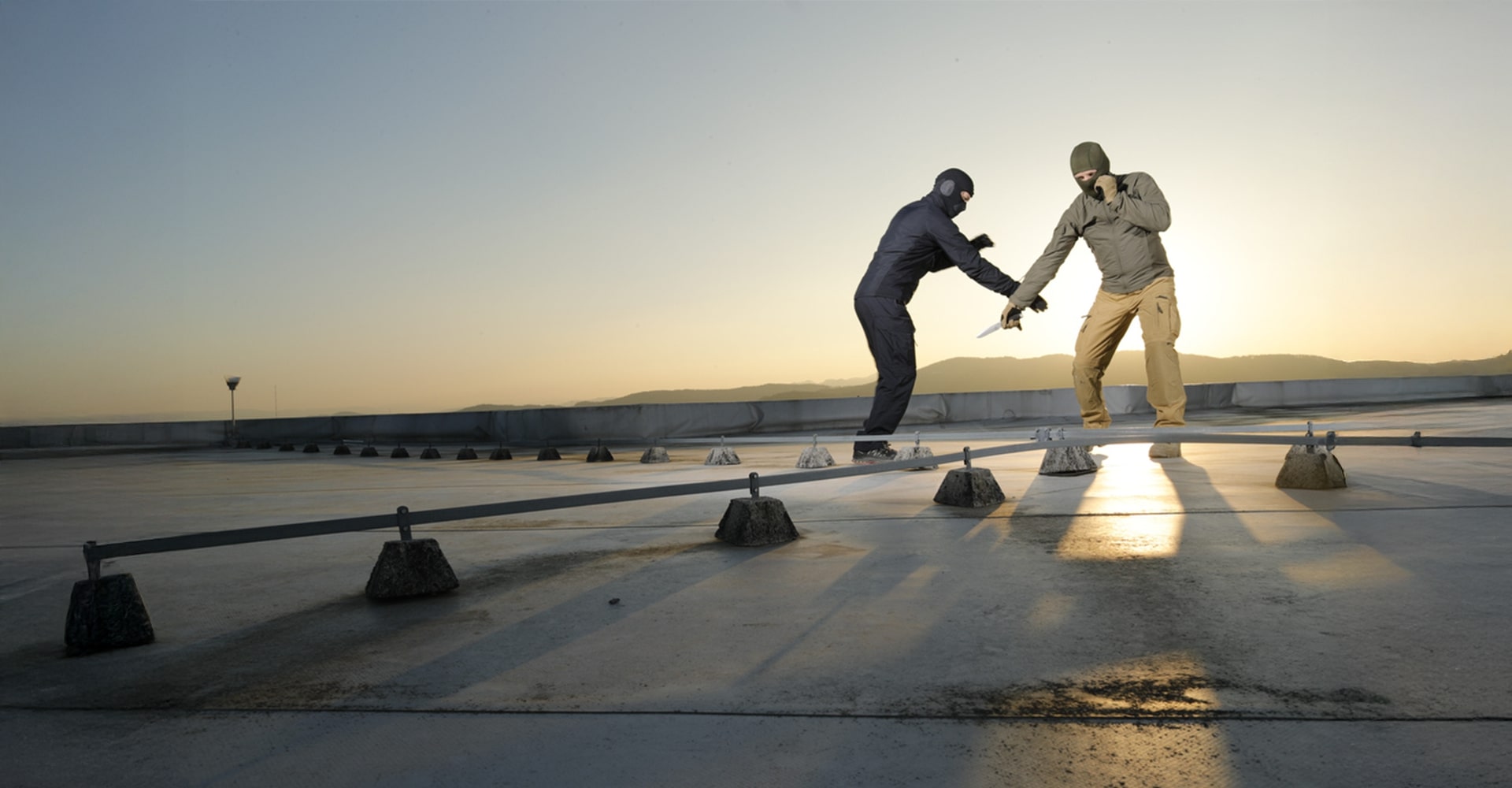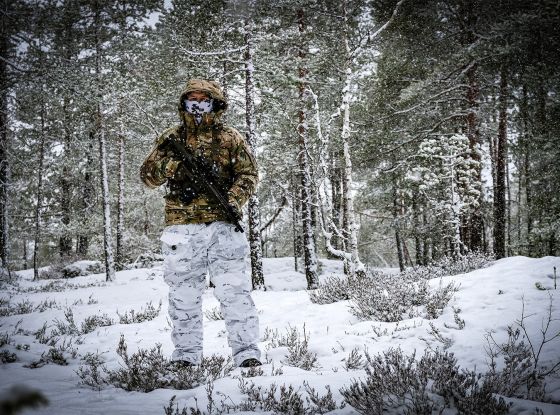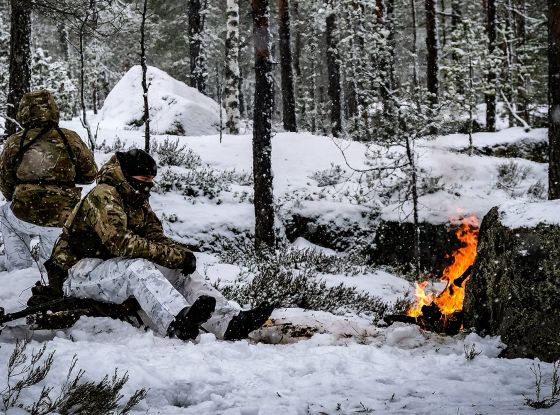A knife attack is one of the most chaotic and terrifying threats you can face in close quarters. There’s no time to think—only to react. It’s not about who’s stronger or tougher. It’s about who’s more prepared, who can read the situation faster, and who can act under pressure when everything’s on the line. When you’re facing a blade with nothing but your bare hands, you need to understand exactly what you’re up against—because in close-quarters combat, hesitation gets you cut.
In this blog post:
In this blog, we break down the harsh reality of a knife vs. bare hands scenario. From the anatomy of an attack to the tactics and techniques that could save your life, this is your no-nonsense guide to surviving when things get real.
Key Threats in Close Combat With a Knife
When it comes to defending against a knife in close-quarters combat, understanding the threat is half the battle. Unlike in traditional fistfights or martial arts sparring, the dynamics of a knife encounter are far more intense—and far less forgiving. The following key factors highlight what makes knife attacks in close combat so dangerous and what you need to be prepared for when every second counts.
Reach and Range
A knife allows an attacker to strike from a short but deadly distance. Unlike a punch or kick, a knife doesn’t require much force to cause deep, fatal wounds. In close-quarters battle, a defender must either control the space between them and the attacker or neutralize the weapon-wielding limb immediately.
- Distance is critical—the closer the attacker gets, the harder it becomes to avoid injury.
- Even a small knife extends an attacker’s reach, making traditional striking techniques less effective.
- Knife thrusts and slashes can come from multiple angles, requiring precise, instinctive reactions.
Speed and Reflexes
Knife attacks are explosively fast. In real-life scenarios, attackers often don’t just swing once—they stab and slash repeatedly in an attempt to overwhelm their target.
- Reaction time is everything. Without it, you won’t get a chance to defend yourself.
- Attackers rarely give warning. Most assaults start with a deceptive movement or distraction.
- Repeated stabbing motions make it difficult to grab or control the weapon arm without proper technique.
Control and Tactics
In a fistfight, blocking or counter-striking can be effective. But in a knife attack, your first priority is immediate control of the weapon hand. The goal is to limit the attacker’s ability to continue the assault while creating opportunities to counter or escape.
- Breaking the attacker’s balance reduces their ability to continue attacking.
- Controlling the wrist and elbow of the weapon arm is essential.
- Striking and grappling techniques should aim to disrupt the attacker’s control of the knife.
This video demonstrates the terrifying speed and unpredictability of a knife-wielding assailant in a real close-quarters encounter. Watching real-world scenarios helps illustrate why distance, reaction time, and defensive technique are critical in CQB.
Defensive Strategies and Techniques for Self-Defense
Effective close-quarters combat (CQC) requires a balance of evasion, control, and counteroffensive strategy. We break down the core principles of defending against a knife in CQB scenarios.
Evasion and Positioning
Rather than meeting force with force, use lateral movement to avoid the line of attack. Circular footwork and angling off can buy you valuable time.
- Avoid backing up in a straight line—it increases the risk of tripping or being cornered.
- Step offline while deflecting the attack to create control opportunities.
- Use angles and movement to build distance or reposition advantageously.
Deflect and Control
Disarming techniques aim to redirect the knife’s trajectory while maintaining control of the attacker’s arm. Leverage, not brute strength, is key.
- Redirecting the blade’s path reduces the impact and opens space to counter.
- Joint manipulations, wrist locks, and arm traps help neutralize the attacker’s grip.
- Using leverage over strength is essential in knife defense.
Targeting Vulnerabilities
Counterattacks should target high-value areas to maximize disruption with minimal effort.
- Eyes: Blinding the attacker opens a chance to escape.
- Throat: A precise strike can disrupt balance and breathing.
- Groin: Causes intense pain and interrupts movement.
While striking can help, controlling the weapon hand must remain the top priority. A knife-wielding attacker can still inflict serious harm even after taking a hit.

The Risks and Realities of Knife vs. Bare Hands
A knife is a force multiplier in close combat—extending reach, increasing lethality, and allowing serious injury with minimal effort. One stab to a vital area can be enough to incapacitate or kill within seconds.
Risks of Fighting Bare-Handed
- Many underestimate the speed and violence of a real knife attack.
- Unarmed strikes often lack stopping power, meaning the attacker can keep going even after being hit.
- Defensive mistakes can be fatal, even with minor wounds causing rapid blood loss or loss of limb function.
Advantages of Bare-Handed Self-Defense
- Mobility and adaptability allow fast repositioning.
- Skilled fighters can use leverage and technique to disarm attackers.
- Improvised weapons (belts, jackets, bags) can act as shields or striking tools.
Still, bare-handed defense should only be a last resort. The top priority is always to escape or end the threat as fast as possible.

SUBSCRIBE TO UNLOCK OUR EXCLUSIVE CONTENT
Enter your email and get timely updates and relevant intel on tactical topics directly to your inbox.
You are signing up to receive updates via e-mail from which you can opt out at any time. Visit our privacy policy for more info.
Training for Real-World Close-Quarters Battle
Self-defense in close combat is about more than techniques—it’s about managing chaos. Real preparation involves training your mind and body for stress, unpredictability, and violence.
Situational Awareness
Being alert to danger before it escalates can save your life.
- Watch for signs of aggression: tense posture, hands reaching for pockets, erratic behavior.
- Trust your gut. If something feels off, don’t ignore it.
- Verbal de-escalation may help prevent escalation—use it if you can.
Improvised Weapons
Anything can become a tool for survival if used correctly.
- Belts can whip or entangle a knife-wielding arm.
- Jackets or bags can absorb slashes and create barriers.
- Keys, bottles, or chairs can strike or distract in close quarters.
Hand-to-Hand Combat Training
Disciplines like Krav Maga, Brazilian Jiu-Jitsu, and Filipino Martial Arts (FMA) teach realistic close-quarters self-defense. High-stress, scenario-based training is essential to build the instincts needed for real encounters.
Take a look at how Brazilian Jiu-Jitsu (BJJ) supports law enforcement in close-quarters engagements.
Final Thoughts
Surviving a knife attack in close quarters requires more than strength—it demands calm under pressure, smart decision-making, and practiced technique. While bare-handed defense is possible, it’s extremely risky. Your first choice should always be to escape or avoid the encounter altogether.
When that’s not an option, the right mindset and training can mean the difference between life and death.




